It’s that time of the year again. With Halloween right around the corner, we thought it appropriate to do another horror-themed article. Last year around this time, we made an article about the ten scariest moments in video game history. This year’s is simple: what are the top ten best horror games ever made, and why? Scroll on to the next page to start the countdown!
We don’t consider shooters like F.E.A.R., Dead Space, Resident Evil 4, Resident Evil 5, or Resident Evil 6 to be horror games. They are in fact not primarily horror. They’re just shooters with monsters or weird phenomena. Not lesser games (for F.E.A.R. at least, which is one of the greatest shooters ever), but they have no place on this list. We also despise B-movie horror techniques featured prominently in games like Outlast and The Evil Within.
#10
Cryostasis: Sleep of Reason begins our list. It’s a highly underrated PC exclusive horror game developed by Action Forms, a Ukrainian studio, and it was released in 2009. Its story is the main reason for its high ranking.
You take on the role of Alexander Nesterov (the name is probably no coincidence), a Russian meteorologist sent to find and board the lost ship known as “North Wind”. The North Wind, a nuclear ice breaker, had hit an iceberg many years earlier, and was left stranded in the ice. This would become the setting for the game: the player is left to explore the massive vessel to find out what happened.
I know what you’re thinking; this hardly sounds like a unique premise. A derelict ship, perhaps haunted? But I assure you, my readers, there is much more to it than that. Not only is the ship created with authenticity and impressive attention to detail, Cryostasis tells a very interesting, humanistic story that poses some serious questions which will really get the intellectual gamer’s attention.
It also has unique gameplay mechanics, which require the player to look after his body temperature and maintain warmth. Battling the cold is a big part of the game. It’s unfortunate that the game is only really known for its advanced usage of PhysX, which shows amazing particle effects including the best fluid physics of any game (and not by a close margin), excellent fundamental solid object collisions, and even dynamic freezing/melting. This stuff is cool and catchy, but what it really does is add to the already immersive atmosphere of Cryostasis. The developers went through great lengths to make the ship really replicate a nuclear ice breaker. Too bad the Cryostasis website got shut down… it showcased their blueprints and comparisons of the in-game North Wind to a real nuclear ice breaker. Their efforts really deserve more praise.
Another thing that adds to the atmosphere is the sound quality. Cryostasis has some of the best sound effects you will ever hear. In addition to this, the attention of detail put into sound design is just top notch. The player can be walking cautiously along a corridor of the ship, only to accidentally bump into an empty metal barrel. The sound of the player’s foot striking the barrel is very audible and will emanate throughout the corridor, and due to the advanced PhysX, the barrel will react appropriately to the impact force, perhaps falling down onto the deck below, making a very loud crashing sound that will again echo through the ship and make sweat build up around the player’s face.
These little things really matter. Cryostasis builds up an intense atmosphere for its 7-8 hour stay. Combined with the excellent writing that pays homage to a writing of Maxim Gorky, the game leaves a lasting impression. However, it is by no means a masterpiece, hence only making the #10 spot on this list. It’s a shame there aren’t 10 masterpieces to list, but I digress. Intense the game may be, but it isn’t anywhere near as scary as many of the other games on this list. There are only a few scenes that have the potential to seriously freak people out. Most enemy encounters create straightforward battle sequences that involve either shooting or hand-to-hand combat. On that note, Cryostasis surprisingly has one of the best melee combat systems of any non-fighting game.
The game is not challenging at all, unless you have dated hardware which will cause your frame rate to go down the drain during the hardest encounters. But if you can maintain a playable frame rate during these encounters, you won’t be challenged. Ammo is not too scarce as long as you explore. The only challenge will come from analyzing the story, which isn’t all that complex despite how good it is compared to other games.
Although it has three endings, replaying Cryostasis won’t be very appealing to most people. The game is linear and will play out exactly the same way up until the ending decision. This is known as a “button press” ending, games like Mass Effect 3 are criticized for it although Cryostasis isn’t an RPG so it doesn’t deserve flak for this.
The biggest problem with Cryostasis isn’t any fault of its own, but it’s very hard to acquire. Due to some shenanigans with publishers and ownership rights, the game got pulled from every digital retailer like Steam, and good luck finding boxed copies. Doing a quick google search, no widely known online retailers carry the game, so you’ll have to resort to Ebay and stores people never heard of. As for in-store pickup, this is a five year old niche PC game so keep dreaming. I guess I’ll have to cherish my hard copy for the years to come…
#9
Next on our list is Anna: Extended Edition, a PC exclusive psychological horror game. For those who were wondering where the header photo of this article comes from, it is this game.
You can find plenty of games similar to (and typically worse than) the classic Silent Hill games and Resident Evil games which were already mentioned. Cryostasis has some unique aspects but as a whole, most gamers will feel familiarity when playing it. Even our top 3 isn’t as unique as Anna: Extended Edition.
Purchasing the game will get you both the original version and Extended Edition, which were released in 2012 and 2013 respectively. Extended lives up to its name; it extends upon the storytelling, character development, level design, gameplay, and also provides more clues so that players can actually advance. There’s not much reason to play the original, which was good but not quite as good as Extended.
You play as a troubled man; a school professor, whose dreams are plagued by a mysterious scene: an old sawmill, located along the mountains, almost nondescript in nature. This sawmill is also the main setting of the game. Everything unfolds within.
Anna is largely a puzzle-based game, and it has the most challenging puzzles of any game. The original version (opposed to Extended Edition) is even harder. Anna is almost a detective game, since the player spends a lot of time searching for clues, and interacting with the world on a level that’s only seen in PC games. It’s filled with multiple endings at various different points throughout the game, and it raises questions that will stick with the player long after their first completion… if they even get that far.
This game is truly art. Not just the visual style, but the storytelling and the entire approach to the game. When I play the game, I feel like I’m gazing into the mind of an insane person. It’s very sublime, like a dream, and its presentation is almost like a painting… a painting of insanity. It’s an artistic expression of insanity, hard to understand but fascinating nonetheless. I don’t think the studio’s name, “Dreampainters”, is a coincidence.
Unlike the other games mentioned so far, Anna leaves you completely defenseless. It’s not a combat based game, there are no “monsters”. It takes place in a sawmill, which is basically just a house with some machinery inside. Encounters are mostly dynamic and can be avoided. However, if you fall victim to enough encounters, the game ends prematurely. The fact that you’re defenseless, combined with the delivery of the game, makes it so much more terrifying than most other horror games. But it’s not just traditional horror; normally the player will get scared if a game has powerful creatures roaming around in the dark, or when something sudden and shocking happens. Anna, however, is a game that relies on being extremely creepy and disturbing, like Silent Hill. The things you’ll see and hear in the game are just so… wrong.
Anna is also the first game on this list to hold a spot in last year’s Halloween article, therefore making it the first game on this list to be truly frightening. It’s significantly more scary than everything else mentioned on this list, and we guarantee it will send shivers down anyone’s spine.
#8
Silent Hill 2 of course holds this solid spot on our list. Many consider it to be the greatest horror game ever made, and it’s easy to see why.

Released in 2001, Silent Hill 2 is among the top four best written games of all time, but we’ll discuss that in a future article. Silent Hill 2 has also earned a spot in our “Top 10 Greatest Antagonists in Video Game History” article.
Although its gameplay is no better than that of Silent Hill 3, it’s the writing that elevates it so high on our list. It is one of the most complex character studies in video game history, really forcing the player to delve into the mind of the protagonist. It’s a masterpiece, it’s a true work of art. Of all the Silent Hill games, Silent Hill 2 is probably the one with the best and most disturbing atmosphere, because Silent Hill 2 also just has more intense, disturbing, and controversial themes than the others. These themes are mirrored in the game world for the player to see. Silent Hill’s spectacular use of symbolism, imagery, and metaphors is most evident in this game.
#7
The next game on our list is Underhell, a PC exclusive horror title that is totally free of charge. It’s an episodic game, and so far only the prologue and chapter one have been released (in 2011 and 2013 respectively), however the two pieces still span a 20 hour length. Underhell has already made a spectacular impression.
Not only did it score well on our harsh but justifiable review system, it also earned two spots on last year’s Halloween article, including the #1 spot. Those are some impressive feats already, and being named #4 on our list of greatest horror games is another notch on its belt.
Underhell wonderfully combines multiple genres into one game, thanks to its hub design and episodic delivery. These genres include stealth, tactical FPS, survival horror, and psychological horror. The prologue features a psychological horror based hub area, along with a tactical FPS mission. Despite how this may sound, they’re linked together very well. Chapter 1 is mostly survival horror with some stealth, and a relatively small amount of psychological horror.
Unlike most other horror games, Underhell can be incredibly scary at times. As a survival horror game, it is sometimes more intense than the two Resident Evil games on this list. As a psychological horror game, it can be incredibly disturbing and it benefits from more creative game design than most other games on this list. The protagonist’s house serves as a hub area, and it’s haunted. This is the main psychological horror setting of the game, and you’re defenseless within it. It’s a very dynamic and random setting; horrifying events can happen out of the blue at any given time. Certain scenes have specific hidden triggers. It’s brilliant, it’s highly original, it’s free, and everyone should play it. With future releases, Underhell may climb through the ranks even further.
#6
Our next entry is none other than Amnesia: The Dark Descent.
Released in 2010, Amnesia: The Dark Descent is the game that directly revived the horror genre. It follows Penumbra’s formula and example, and really isn’t innovative in comparison. Most modern horror games feel like cheap, unoriginal knockoffs of Amnesia and Penumbra, without any of the writing quality.
Amnesia takes place in Brennenburg Castle, built in Prussia during the Middle Ages. Its setting is quite unique, and in many ways an ideal location for a horror game.
Compared to Penumbra, its spiritual predecessor, Penumbra has a much more original and complex story. It also lets you examine almost everything in the world, offering a description when looking at almost any object. Amnesia doesn’t have this mechanic. Penumbra’s enemies never disappear (“despawn”) like they do in Amnesia, making it more intense and challenging at times, especially when replaying it. But the atmosphere of Amnesia is just so incredible, often darker and more sinister than that of Penumbra.
Brennenburg Castle is full of hostile fauna, and is very uncomfortable throughout. The player is once again defenseless, following in the footsteps of Penumbra: Black Plague. Sure, you can try to throw boxes and other objects at enemies, briefly staggering them, but you can’t engage in combat. At least, not with humanoid enemies. Another enemy type, one that’s very frightening and is bound to take you by surprise, can actually be killed.
You play as Daniel, an archaeologist working for the British Museum. As the name implies, Daniel suffers from amnesia at the start of the game. It is up to the player to trek through Brennenburg Castle and the horrors within, to find out more about Daniel’s past and the meaning behind Brennenburg Castle.
Amnesia has spectacular attention to detail, both in the very interactive level design and in the writing. Without spoiling anything, be sure to pay attention to the messages in the loading screens.
This game also features some of the absolute scariest moments in video game history. Two in particular, and one of them is in the free expansion, called “Justine”, which has no saving and must be completed in one sitting (it’s only 2 hours long).
Further following in the footsteps of its spiritual predecessor, Amnesia uses OpenAL to provide advanced 3D effects, improved multichannel surround usage, among other features, although Penumbra’s use of OpenAL is slightly better. Still it is one of the most atmospheric horror games around, thanks to its technical attributes but also because of how well-crafted it is.
Amnesia also has outstanding mod support. You can find a list of some of the best custom stories here.
#4
Next on our list is SCP Labrat, the only VR game on this list sadly. It is a VR remake of SCP Containment Breach, but unlike that one, this one is stable. And it’s still free!
SCP Labrat is of course set in the SCP universe, a sprawling horror world with some creepypasta inspiration. Check out the top rated SCPs here. In SCP Labrat, you play as a Class D personnel – a prisoner forced to interact with SCPs, when a containment breach occurs. You must survive and escape the facility, in the process discovering how it happened.
The main appeal for this game, besides being a VR game, is the procedurally generated nature of the game. The layout of the facility always changes, most enemy encounters are dynamic so it is the most unpredictable game here.
The enemy diversity is unparalleled, as this game contains many SCPs. So as a horror game, SCP Labrat succeeds most in survival horror gameplay, but the stories behind these SCPs (some of which are absolutely brilliant) reinforce the writing depth, especially if you go and research these SCPs.
#3
After much deliberation, Penumbra starts off our top 3. It is a PC exclusive episodic horror game made by Frictional Games, and it invented the formula that Amnesia: The Dark Descent uses (which many other games took and tried to modify). At the end of the day, the superior writing quality and the fact that enemies don’t despawn gives Penumbra the nod over Amnesia. Better character development, better dialogue, two of the best antagonists of all time, a much deeper story. It is one of few existential horror games.
We have already listed Resident Evil and Silent Hill, which were the biggest pioneers in the survival horror and psychological horror genres. Penumbra is the game that invented the formula by which most modern horror games are being created, essentially sparking the revival of the horror genre. It is one of the most innovative games on this list.
The first chapter was “Penumbra: Overture”, released in 2007. “Penumbra: Black Plague” was the direct continuation released in 2008, and it saw an expansion called “Penumbra: Requiem” in the same year. Overture and Black Plague are sold as separate games, and Requiem is sold as an expansion for Black Plague. You’ll want to buy Penumbra: Collector’s Pack from Steam or GOG, since you get all three parts. Requiem, however, is really unnecessary and adds little to the already amazing game.
Penumbra: Overture was also the debut of Frictional Games, and what an impact they made. Their first game is one that forever changed the horror genre, and it is being ranked here as the second greatest horror game ever made. One can easily claim it should be ranked #1, and it was certainly a very strong candidate for that spot.
For a long time, Penumbra was by far the scariest game on the planet. It’s still worthy of the title, but since 2010 it has finally had some competition. Frictional Games is simply the best at creating terrifying, hostile environments that never let up. Penumbra will keep you on the edge of your seat from start to finish.
You play as Philip LaFresque, an English physics teacher who received a note from his father, who was presumed dead for about thirty years. The letter instructed Philip to locate a safe deposit box in a bank in Mayfair and destroy the contents within. However, human curiosity would stand in the way of Philip, and rather than destroying the cryptic documents stashed inside the safe deposit box, he and another professor did their best to decipher them. Through the documents, they learned of the location of a mine somewhere in Greenland. Philip never met his father, but he wanted to find out the origin of this information and sudden, dire request. So Philip would set out to this mine, which is where the game takes off.
Penumbra leads the player through a haunting, atmospheric, and unbelievably frightening journey. It tells one of the best stories ever told in a game, one that’s actually original yet quite complex at the same time. Black Plague in particular will leave the player thinking long after it has ended. Although Requiem seeks to provide a more clear ending, Black Plague’s ambiguous ending is superior and works strongly in its favor.
People are quick to call a game scary. Personally, I never found any of the Silent Hill games or Resident Evil games to be scary. Even the ones on this list. You play those games as an armed protagonist, and you battle your way through monsters. Silent Hill does have its fair share of evading (it’s often easier than combat), but nonetheless, you feel like a near-invincible hero in those games. They’re easy, and you kill the majority of creatures you come across. The same applies to Underhell’s survival horror segments.
Penumbra, on the other hand, is a welcome change. It was the first game that really made me feel vulnerable, even weak at times. It is one of very few games that I consider scary. To put this in a more objective point of view, it’s just a hell of a lot more scary than Silent Hill and Resident Evil games. The first hostile encounter will take you by surprise, and it’s a guarantee that you won’t ever forget it.
Although Overture has a combat system that works against certain enemy types, the player is still at a significant disadvantage. Spiders will easily overwhelm you due to their numbers, so usually you won’t be able to kill any since this will usually take too much time. Infected dogs are another enemy in Penumbra: Overture, but taking one on head-on is very tricky. You need absolutely perfect timing in order to win a head-on encounter against one of these dogs, however this approach will cause the dog to call for help. Once you’re outnumbered, you lose. You can’t win.
Every other enemy type throughout Penumbra cannot be fought. Black Plague has no combat at all, leaving you completely helpless. Most of the enemies wield flashlights and crowbars, so hiding isn’t very effective. “Camping” or simply waiting out encounters isn’t effective, since enemies don’t disappear. Enemy encounters are also very dynamic and often unpredictable in Penumbra: Black Plague. The player must run, hide, or set up distractions that are made possible by the excellent physics engine. Penumbra along with Underhell, Anna, and our #1 pick really demonstrate from PC exclusivity. The amount of world interaction wasn’t possible on consoles at the time, and they really benefit from mouse and keyboard setups.
Penumbra: Requiem does not feature any hostile encounters. Its gameplay is purely puzzle based, and it’s the second hardest puzzle game we have ever encountered (the first being Anna by a long shot, especially the original version). As mentioned earlier, it’s just meant to add to the ending of Black Plague, although in reality it doesn’t really add much to the greatness of Penumbra.
Penumbra is an OpenAL game with built-in hardware sound support, which significantly improves sound spatialization by enabling 3D HRTF. They support EFX (an open standard version of EAX, but it’s essentially the same thing), implementing things like dynamic echoes and reverb which are spectacularly implemented. Penumbra takes advantage of the PC platform and its sound engine really increases immersion, whether you’re using surround sound or stereo/2.1.
#2
The all time classic System Shock 2 is our runner up pick. It is arguably most deserving of #1, definitely being the most well rounded horror game of all time. It has the most complete and feature rich gameplay out of everything on this list along with the most detailed level design, and also excels in writing quality and narrative design. Definitely the most well rounded game here, but the writing quality and narrative design of our #1 pick sealed the deal for it, but more on that later.
System Shock 2 was seemingly the most inspirational for Frictional Games, with one of its antagonists, The Many, directly inspiring Penumbra’s antagonist, and System Shock enemy design seems to inspire SOMA’s.
This game just excels in every area. Of all horror games that do let you combat the enemies, System Shock 2 has the best combat, largely with the assistance of its brilliant RPG systems. Its survival horror gameplay is top notch, and its enemy design and level design carry its themes wonderfully, creating an incredibly oppressive atmosphere. It is a direct sequel to System Shock which revolved around a hacker being hired to reprogram an AI called SHODAN to aid a corrupt politician in hiding his crimes, but this caused SHODAN to develop her own iconic personality and decide to conquer Citadel station, only to be snuffed out by that very same hacker.
In System Shock 2 you play as either a Marine, Navy engineer, or an O.S.A. Agent assigned to the UNN Rickenbacker to provide security for the Von Braun ship which is making its maiden FTL voyage. The ships wind up in the Tau Ceti system, 11.9 light years away. A distress beacon is picked up from its fifth planet prompting an investigation, leading to the discovery of alien eggs. Needless to say, both ships end up invaded by this alien life form. You awake in the middle of the carnage.
So you’re trapped in space, where no one can hear you scream. But the threat is much bigger than in Alien as this life form is able to corrupt existing life forms, joining them to a single hive mind. This entity, known as The Many, apparently seeks to have everyone join it in harmony. Guiding you is a figure which turns out to be SHODAN. The Many was her failed creation, an embarrassment to SHODAN as she was playing God. SHODAN hates beings of flesh and comes to hate The Many more than even humanity. The enemy of my enemy is my friend, so the two of you work together to stop it.
System Shock 2, like its predecessor, is a space horror story that emphasizes the danger of AI. Powerful, evil AI is nothing new, but the brutality seen throughout the games, SHODAN’s sheer disgust of humanity, and the style with which the story is told, all contribute to it being an all time classic that succeeds both from a narrative and gameplay perspective.
#1
After completing SOMA, it immediately claimed our spot for the greatest horror game of all time. It is from the same studio who brought us the #2 and #3 entries. Despite all the praise we just gave Penumbra and Amnesia, SOMA manages to be significantly better in pretty much every way. You can read our review of it here, but do follow its instructions to avoid spoilers.
SOMA manages to bring less repetitive gameplay than every other game on this list, despite being almost twice as long as Amnesia or Penumbra Overture + Black Plague. Nearly every enemy encounter includes a unique enemy with completely different AI programming, and every bit of object interaction is unique to avoid repetition (interacting with machinery and computer systems makes up much of the gameplay, so it’s important that it’s distinct throughout).
But the biggest improvements are in atmosphere and storytelling. It is clearly a higher budget game than its predecessors, hence the fully voiced narrative design. As a result of the higher budget, levels are far bigger and more detailed and polished, making for a very believable, memorable setting.
But the storytelling? It outdoes everything else on our list, even Silent Hill 2. While SOMA isn’t the last word in dialogue quality (it’s good overall and much better than Silent Hill 2, but not special in the realm of writing as a whole), the way it integrates its morally ambiguous, powerful story with the gameplay is like nothing the world has ever seen before. Play it for yourself if you haven’t, for we shall say no more.
SOMA also has some of the scariest, most intense enemy encounters out of all the games on our list. Only the absolute scariest moments of Amnesia: Justine and Underhell can compare, but SOMA achieves this tension time and again. Overall we find it to be scarier than its predecessors and every other game on this list as well.
So that sums up our list of the greatest horror games ever made. Keep a close eye on White Heaven, the next game from Dreampainters (release date unknown). Don’t forget about Underhell, which still has three more chapters and an epilogue to go.










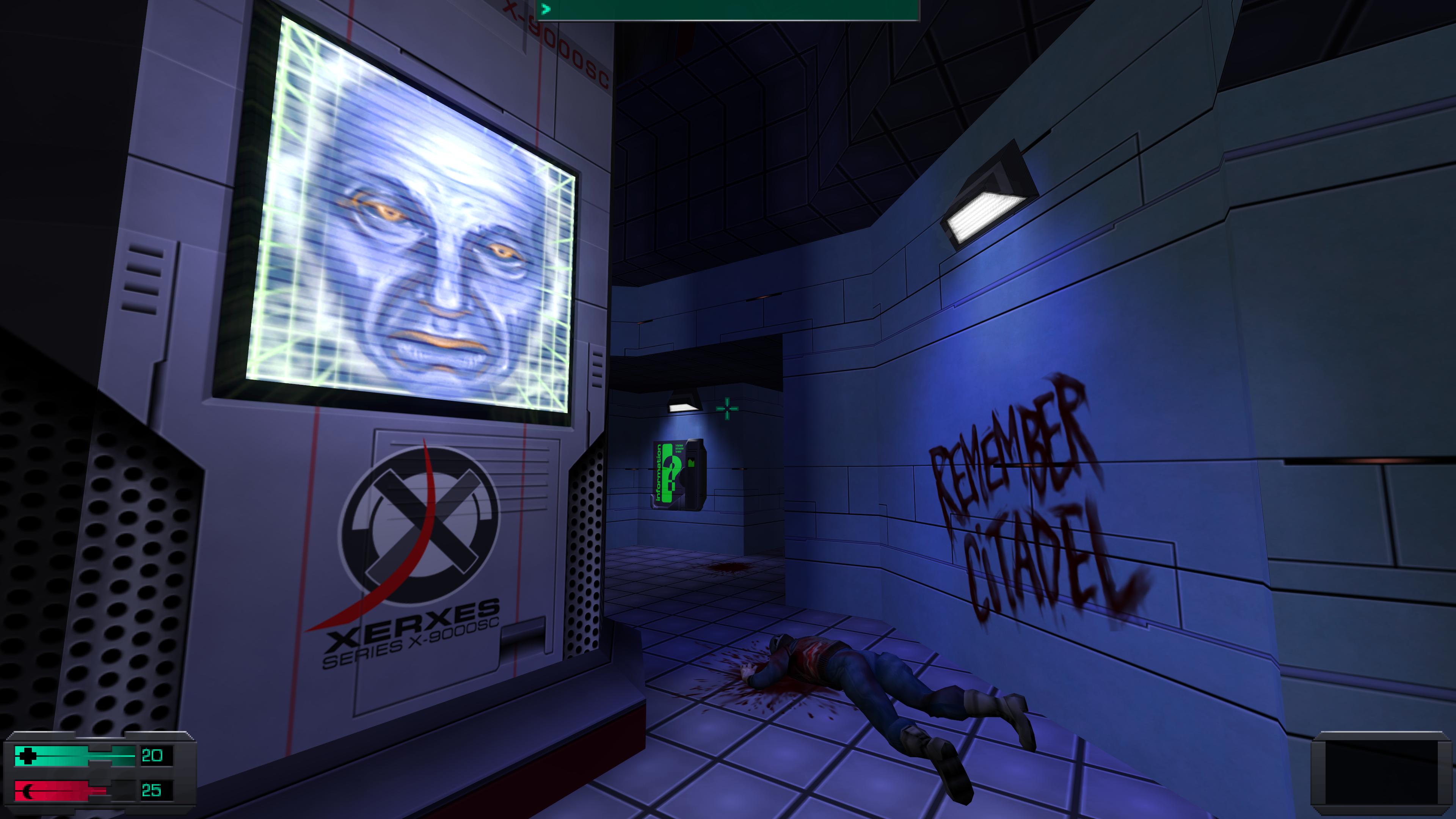
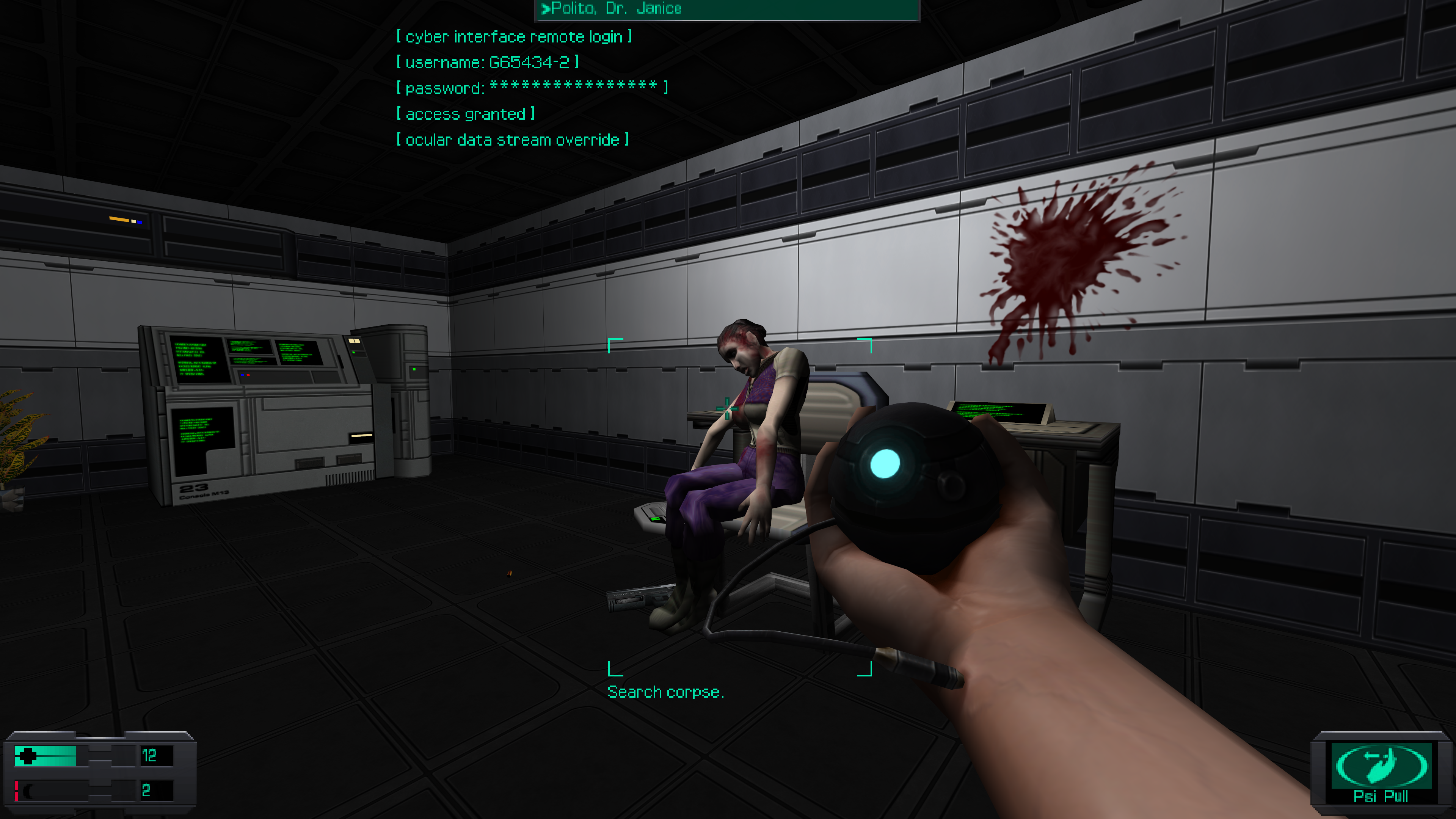



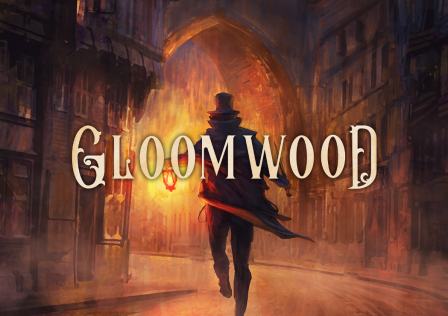


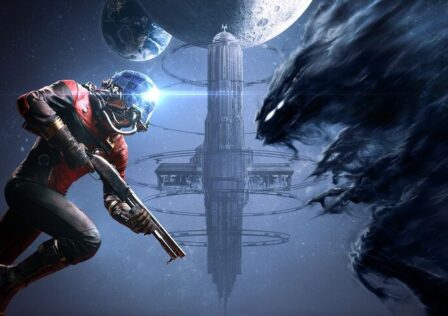
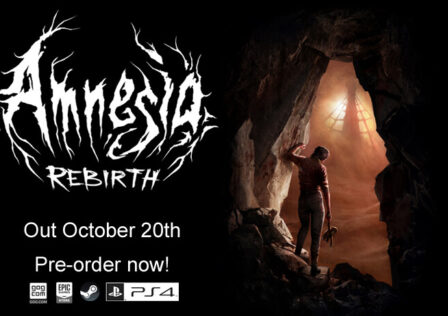
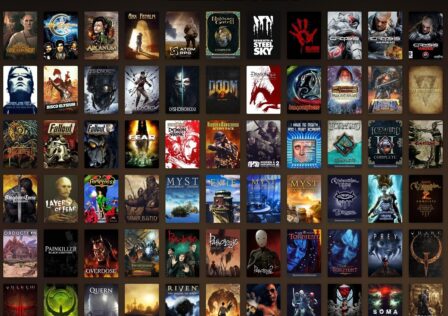
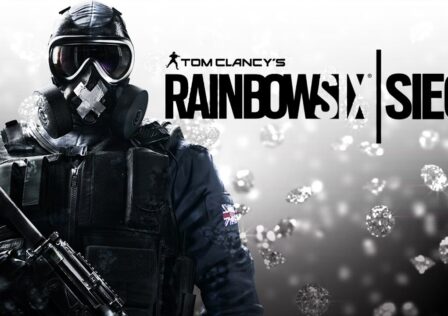
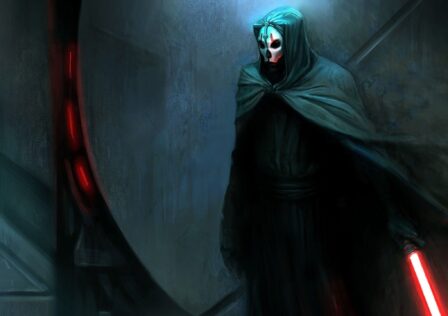

[…] horror game released by Frictional Games in 2007 and 2008, and it is currently within our lists of top ten horror games of all time (where it’s top 3) and top ten best stories of all time. It was the first game from […]
[…] October we presented our list of the greatest horror games of all time. The top two games on that list are those belonging to Frictional Games, one of the best developing […]